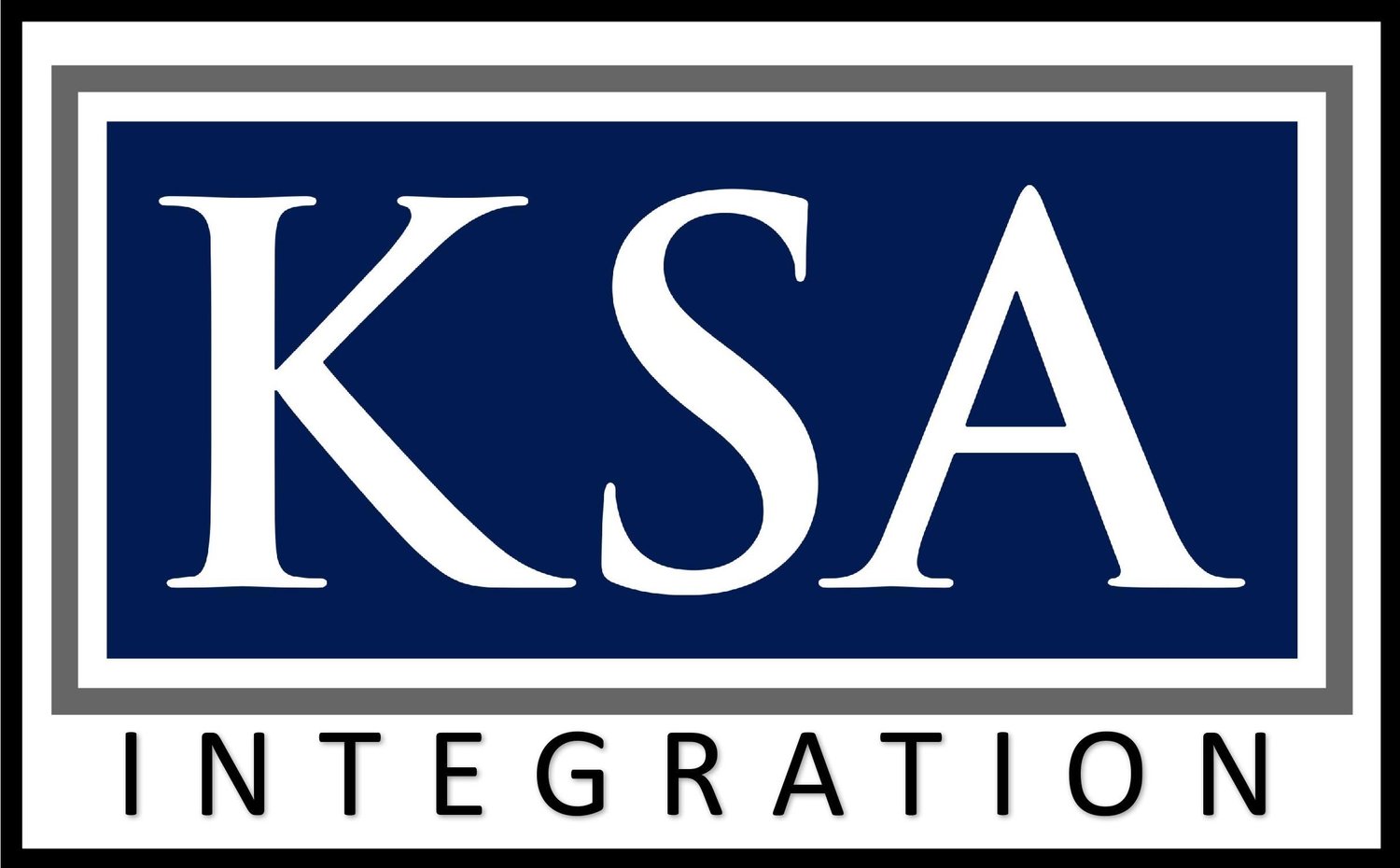How To Change The Culture Within A Large Organization
- May 13, 2024
- Posted by: David Hitchcock
- Category: Organization and Processes

Changing habits and mindsets is tough. As they say, old habits die hard, and trying to teach an old dog new tricks? That’s supposed to be impossible. Well, when it comes to transforming the culture of an organization, you might feel like you’re trying to turn a giant ship with a small paddle. It can be hard, there is often external and internal resistance, and the process can seem never ending, but sometimes, change is exactly what’s needed to solve stubborn problems. However, several agencies within the federal government have navigated these waters successfully. The Department of Veterans Affairs has made notable improvements in patient care by focusing on veterans’ needs and feedback. The General Services Administration has introduced innovation and efficiency into the federal procurement process. And the Federal Aviation Administration has enhanced air safety by fostering a culture of collaboration and transparency. With determination and strategic efforts, meaningful change is achievable.
Leadership Alignment and Commitment
Before diving into the specific strategies that make organizational change possible, it’s crucial to acknowledge where the journey of transformation begins – at the very top. Leaders play a pivotal role in setting the tone, modeling desired behaviors, and communicating the vision for cultural transformation. When leaders are aligned and committed to change, it creates a ripple effect throughout the organization. They must articulate the ‘why’ behind the change, emphasizing the benefits and aligning it with the organization’s overarching goals. Furthermore, leaders must actively participate in cultural initiatives, providing resources, support, and removing obstacles along the way.
Employee Engagement and Empowerment
With leadership paving the way, the heart of cultural transformation beats within the collective efforts of the larger team. Establishing open channels of communication, soliciting feedback, and involving team members in decision-making empower them to take ownership of the change. Create platforms for dialogue, such as town hall meetings, focus groups, or digital collaboration tools, where individuals can voice their concerns, share ideas, and contribute to shaping the new culture. Recognize and celebrate individuals who exemplify the desired cultural traits, reinforcing the values and behaviors you aim to instill.
Clear Communication and Transparency
The success of any cultural shift hinges on how well it is communicated. Transparent communication is paramount during times of change. Ambiguity breeds uncertainty and resistance, while clarity fosters trust and buy-in. Ensure that communications regarding the cultural shift is frequent, consistent, and tailored to different stakeholders’ needs. Utilize various channels, including email updates, intranet portals, and in-person meetings, to convey the vision, progress, and expected outcomes of the change effort. Address concerns and dispel rumors promptly, fostering a culture of transparency and openness. Additionally, provide regular updates on milestones achieved and lessons learned, keeping team members informed and engaged throughout the journey.
Embedding Cultural Change into Processes and Systems
For cultural change to last, it needs to be more than just a set of ideas. Sustainable cultural change requires integration into the organization’s systems, processes, and practices. Review existing policies, procedures, and performance metrics to ensure alignment with the desired cultural attributes. Incorporate cultural values into recruitment, onboarding, performance evaluations, and rewards systems, reinforcing the importance of cultural fit and adherence. Invest in training and development programs that equip employees with the skills and mindset necessary to thrive in the new culture. By embedding cultural change into the fabric of the organization, it becomes ingrained, driving lasting transformation.
Embarking on the journey to transform an organization’s culture is a dramatic undertaking. The journey will be filled with challenges, but the potential rewards can be game-changing. Implementing effective organizational change strategies will set the stage for unprecedented growth and achievements. We specialize in helping organizations successfully transform their culture and processes. With KSA Integration’s support, companies and organizations can easily begin to adapt their organization and culture to ensure their future success. Please contact David Hitchcock to learn how your business can benefit from our expertise.
About KSA Integration
KSA Integration, LLC, is a Service-Disabled Veteran-owned Small Business (SDVOSB) founded by LtGen Keith Stalder (USMC, Ret.) and Bryan Altmire in November 2010. KSA Integration offers a comprehensive portfolio of support capabilities in three critical areas: 1) Data Science and Analytics, 2) Warrior Care, and 3) Business Process Improvement. For more information visit us at www.ksaintegration.com or contact info@ksaintegration.com.
